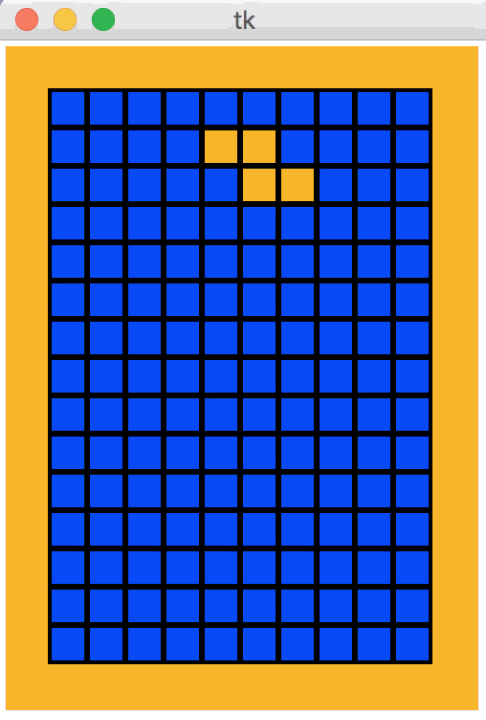This function (which only takes data, and not canvas) is quite similar to drawFallingPiece, only rather than draw the cells, we load the corresponding cells of the fallingPiece onto the board with the fallingPieceColor. In this way, the piece is placed on the board.
